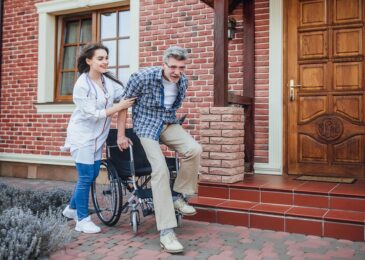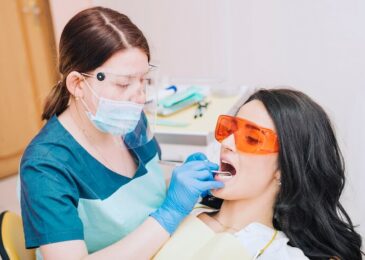Varicose veins occur just under the skin when the vein isn’t working properly. The vein stops allowing the blood to flow through and the blood then pools in the vein because your muscles aren’t working to keep the blood circulating. The bulging veins most often occur on the legs, especially on the thigh and calf area. When the veins become enlarged and overfilled with blood, they will appear swollen, raised and have a blue or purple color to them. While most varicose veins are harmless, there are times when they can become more than just a cosmetic issue. If the veins become painful, your leg or ankles become swollen or you develop sensitive skin where the veins are, you should seek medical attention to see if you need treatment.
Stagnate Blood
If blood gets stuck in these veins and does not move it will become stagnate. If the blood develops into a pool of blood under the skin, it could potentially lead to a blood clot. It can also lead to a condition called phlebitis where the clots can become very painful. This can also lead to clots forming in the deeper veins. If the clots were to break off from the legs they may be able to make their way to the lungs. If this happens a person will have other health issues such as pulmonary embolism.
Fluid Buildup
Overtime, varicose veins may cause the fluids in the legs to back up. Since the blood will not be able to circulate in the legs, this can lead to an excess amount of fluid. When this happens a person is at risk for developing edema which is the term for swelling caused by fluid. The fluid can lead to an increase of bacteria in the body or fungal infections of the tissue that surround the buildup. A doctor may be needed to perform a procedure to close veins and stop additional fluid from building up.
Weakness and Pain
Varicose veins can cause weakness in your legs and lead to pain when standing or walking. If the veins become too filled up with blood or other fluids, they may burst. This can cause internal bleeding or if the veins were infected, the infection can spread to the rest of the body. The veins may also cause hemorrhages which can be dangerous and painful.
Possible Treatments
You should seek treatment and opt for a medical procedure if your varicose veins are causing severe pain, skin problems or blood clots. One treatment option is laser treatment which uses light energy from a laser which will gradually fade the vein and hopefully overtime it will disappear completely. This procedure does require multiple treatments. Another option is Sclerotherapy, which involves a chemical being injected into the vein causing the walls to collapse so the blood can no longer be transported through that particular vein. Ablation can be done using a catheter, in this procedure, heat with radiofrequency waves or lasers to destroy the vein and ultimately close it entirely. Unfortunately, no treatment can prevent new varicose veins from appearing.
While for most people varicose veins are simply a cosmetic issue and do not cause them any trouble, for some they can cause harm. If you aren’t sure if your bulging veins have the potential to cause you injury, the best option is to see your doctor to just make sure.





